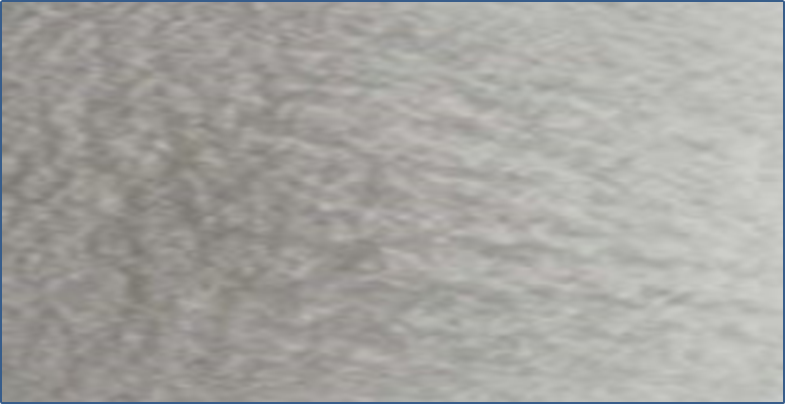Potash
Potash
Potash is an impure combination of potassium carbonate and potassium salt. Potash (KCL) is used to prevent the clay from swelling. Untreated water can negatively react with water-sensitive clays, which can have an adverse effect on bore drilling efficiency and create issues over the life of the well.
The water-sensitive clay can weaken and collapse into the wellbore. It can result in increased drilling costs because of:
- Slower drilling rates.
- Stuck BHAs or tools
- Fishing
- Side-tracking
- Excessive trip and reaming time
- Poor hole logging
- Poor cementing
Swelling clays can also affect fracking, reducing permeability, trapping fracking fluids, and restricting hydrocarbon migration.
Potash is used to provide potassium (K+) ions to shale inhibiting drilling muds. The K+ ion provides a strong bonding ion. It attaches to the surface of negatively charged clay platelets, thus inhibiting shale swelling by preventing hydration or absorption of water molecules by the clay. In layman’s terms, the potash removes the clay’s water molecules, binds it, and shrinks it down. The result is that it increases permeability and increase hydrocarbon flow.
Use in concentrations of 30.0-150.0 kg/m³.
Potash (KCL) is a white crystal, which forms a neutral salt solution with water. Potash does not have any odor. Potash purity is expressed as percent K2O.
The K+ ion is absorbed onto the clay and is thus depleted from the system. The rate of absorption is related to the reactivity of the shale. It can be used in concentrations of 30.0-150.0 kg/m³.
Preparation & Procedures
Potash easily mixes with water, and those working with this product can add and mix the product directly through the hopper.
Those working with Potash (KCL) should wear appropriate Personal Protective Equipment, including dust masks and eye protection. It is advisable to wear PPE while mixing all powdered products and avoid breathing in any Potash dust.
More Chemicals
<<Return back to Oil Field Chemicals home page>>
Other Chemicals Available (click on the name)
Barite
Calcium Ammonium Nitrate
Calcium Chloride
Calcium Nitrate
Caustic Soda
Diutan Gum
Gilsonite
Natural Graphite
Modified Starch
PAC Polyanionic Cellulose
Polystyrene Beads
Soda Ash
Sodium Acid Pyrophosphate SAPP
Sodium Sulfite
Sulfamic Acid
Synthetic Graphite
TKPP
Xanthan Gum





